Emperor Septimus Severus's Doctrine of Limited Sovereignty proposed to bring all his subjects together under the worship of Sol Invictus – the Unconquered Sun – and to subsume under that worship all the various religions and philosophies then current. All gods were to be accepted, as long as one acknowledged the Sun (Now referred to as Energy) that reigned above all.
According to the Renaissance paradigm shift Copernicus restored the divine rank of the sun and used it as the proof that the earth moves. In other words, he "proved his heliocentrism theologically, not scientifically (mathematically).
“In medio vero omnium residet Sol. Quis enim in hoc pulcherimo templo lampadam hanc in aio vel meliori loco poneret, quam unde totum simul possit illuminare. Siquidem non inepte quidam lucernam mundi, alii mentem, alii rectorem vocant. Trismegistus visibilem Deum, Sophoclis Electra intuente omnia. Ita profecto tanquam in solio regali Sol residens circum agentem gubernat Astrorum familiam.”
“We conceive immobility to be nobler and more divine that mutability and instability, which latter is therefore more appropriate to the earth than to the universe. I add to this that it would seem quite absurd to attribute motion to that which contains and locates, rather than to that which is contained and located – namely, the earth.” (Copernicus, The Revolutions)
Cardinal K. Wojtyla restores the religion of Jupiter, Best and Greatest
During the celebration commemorating 500th anniversary of birth of Copernicus, in Fromborg (Poland), an icon of Copernivcus was displayed evoking features of Jesus Christ of the Shroud of turin. The Polish caption is even more revealing of the intentions of the organizers of this celebration, which was also attended by the then cardinal K. Wojtyla. It read: “Truly this divine masterpiece of the Best and Greatest Being is immense”. (Zaprawde, ogromne jest to arcydzielo Istoty Najlepszej i Najwiekszej” See, Jan Pawel II, papiez z Polski. Ed Interpress. Warszawa 1979, p. 116). You can also see a picture of card. K. Wojtyla strolling with other priests beneath the banner with Copernicus).
The triangle bridging the caption and the icon of Copernicus is the Pythagorean triangle whose sum of powers has been appointed as the origin of the generation of the cosmic elements. Similar triangle was worn on God's head (cp. Napoleon's hat in the shape of a triangle) on the front page of the Vulgate published in Rome 1592
The Best and the Greatest Being mentioned on this banner is, of course the Roman god Jupiter to whom Constantine in his capacity as pontifex maximus sacrificed even after his conversion. Franz Boll (Sternglaube und Sterndeutung, p.31) recounts, as other sources do too, that Constantine also ordered a horoscope from an astrologer for himself, for this new city of his: Constantinople – many years after his “conversion” He also “sacrificed to Jupiter, Best and Greatest”, after his conversion. Even shortly before his death in 337 CE, he had a commemorative coin struck on which Constantine is represented as Jupiter, while one of his sons is represented in the guise of Bacchus.
One year after the election of Card. K. Wojtyla as pope John Paul II Guide to the Vatican Museums (Gestione Vendita Publicazioni Musei Vaticani, Citta del Vaticano. 1979, o. 12)restored Emperor Severus's doctrine of the Limited Sovereignty: “ It was this spirit which inspired the creation of two of the most illustrious of the humanistic institutions of the Holy See: the Vatican Library and the Vatican Museums. Both were the outcome of a vision of Graeco-Roman culture as the perfect, almost timeless expression of human creativity at its highest levels - thought and art - and as the precursor, at times almost the prefigurement, of Christanity, above all in the West.”
The Vatican Museums originated in the court of Innocent VIII’s Belvedere Palace, which Julius III laid out in gardens and embellished with masterpieces of classical sculpture: The Apollo, the Venus Felix, the Laocoon, the Nile, the Tiber, and the Sleeping Ariadne…” It is the idea of the pagan Pantheon disguised as the most sacred relic of Roman Catholicism.
In the 1960s there was a lot of talk in Rome about refashioning a Jesus into a beautiful Apollo, and the US Moon Landing Program coded Apollo was the most important part of this project. Father Lemaitre's Big Bang theory imposed by the Vatican on the USA obliged America to do that.
Following the lead of Pope John Paul II, as expressed in his book Crossing the Threshold of Hope, two British authors in their The Jesus Mysteries. Was the ‘Original Jesus’ a Pagan God? (1999) discovered that even Jesus’ teachings were not original, but had been anticipated by the pagan sages. They are in effect saying that Jesus was a Pagan god and that Christianity was a heretical product of paganism. In their opinion, this theory explains the similarities between the stories of Osiris-Dionysus and Jesus Christ. They argue: “Pagan civilization built vast libraries to house hundreds of thousands of works of literary and scientific genius. Its natural philosophers speculated that human beings had evolved from animals. Its astronomers knew that the earth was a sphere, which, along with the planets, revolves around the sun…”
At the Sources of Copernicus's Heliocentrism
Jupiter was the god of Virgil's heliocentric system presented in his Georgica:
Quid faciat laetas segetes, quo sidere terram vertere- Maecenas, ulmisque vitis conveniat
(Virgil Georgica, 1-2;1-4)
And this god was identified by Virgil with Jupiter:
Tum pater omnipotens fecundis imbribus Aether coniugis in gremium laetae descendit,
– (Virgil, Georgics II)
Then Aether, sire omnipotent, leaps down With quickening showers to his glad wife's embrace,
In Virgil poetic vision Invicta Roma was the Empire of Sol Invictus or Kosmokrator (Ruler of the Cosmos) and as such was “destined to rule the whole world” The Sibylline books have been the source of the inspiration of Virgil; Apollo was believed to have revealed the Sibylline Books which, according to tradition emanated from a Sibyl or trance-medium at Cumae, near Naples (Cp. “they were all filled with the Holy Spirit in the shape of tongues of fire). In Dante's vision it was Jove (Jupiter who was crucified for mankind and not Jesus Christ.
When Rome succumbed to Jesus it did not embrace him as a Jewish teacher but as the sun god Helios (Apollo) whose halo used to symbolize divine rank of Roman emperors. For centuries, the Roman propaganda, especially Cicero’s, proclaimed that the Jews were “a nation born to servitude,” like all other conquered “barbarians”. The same author, while popularizing the Pythagorean heliocentrism in his Dream of Scipio speaks of the sun as “the Lord, chief and ruler of the other lights, the Mind and guiding principle of the universe.”
Deo optimo maximo, often abbreviated D.O.M., is a Latin phrase that originally meant "to the greatest and best god", referring to Jove, when the Romans were polytheists : IOVI OPTIMO MAXIMO (I O M). Centuries later, after the Romans had become monotheists via the adoption of Christianity, the phrase was used in reference to the Christian God, and meant "To God, most good, most great." Its use continued long after the fall of Roman civilization via Europe's retention of Latin as a scholarly and ecclesiastical language. Thus the phrase or its abbreviation can be found on many Renaissance-era churches and other buildings, especially over sarcophagi, particularly in Italy. It is also inscribed on bottles of Bénédictine liquor. (Wiki)
DEO OPTIMO MAXIMO
To God, who is the best and the greatest. Motto of the Order of St. Benedict. Also Domino Optimo Maximo, to the Lord, the best and the greatest. (Catholic Culture: Dictionary)
In Wars, 5, 9. 4, Josephus retails to us the speech which he says he made to the defenders on the walls. It is a survey of the past history, quite on the lines of the Deuteronomic historians: the nation's and Jerusalem's fate has ever depended upon the will of God according to the people's righteousness or wickedness. The present calamity has come as divine punishment, although it is not too late to recognize their sins and surrender to the Romans. But things have come to such a pass that 'I think that God has fled from the sanctuary and stands with those who fight against you'. One is reminded of a certain prophet's vision of the dramatic departure of the Glory of the Lord from His temple (Ezek. 10). In the preceding paragraph (§ 3) he pictures how invincible is the dominion of the Romans, a manifest token of the will of God and how 'fortune' (τυχη) has on all sides gone over to them, and God, having passed the dominion about among the nations, is now in Italy' (νυν επι της Ιταλιας ειναι). The present-day version of this theology says that the Jewish people of today had no claim to the land of Israel because the church replaced Israel.
Let me quote here what has become known as Tacitus Fragment 2, preserved by the Christian historian Sulpicius Severus in his Chronica 2.30.6-7 (ca. 400-403 CE). This fragment gives the details of the debate within a high-level military council of war called by the Roman army commander Titus just prior to the destruction of the Second Temple by the Romans in Jerusalem in 70, near the end of the first Jewish revolt against Rome. The debate was over whether or not the Roman army should destroy the Temple. For our purposes here, the last half of frag. 2 (= Severus' Chronica 2.30.7) is the most relevant because it specifically mentions "Christiani":
(2.30.6) It is reported that Titus first deliberated, by summoning a council of war, as to whether to destroy a Temple of such workmanship. For it seemed proper to some that a consecrated Temple, distinguished above all that is human, should not be destroyed, as it would serve as a witness to Roman moderation; whereas its destruction would represent a perpetual brand of cruelty.
(2.30.7) But others, on the contrary, disagreed--including Titus himself. They argued that the destruction of the Temple was a number one priority in order to destroy completely the religion.
“The works of Classical authors of ancient Greece or Rome were transcribed throughout the middle ages […] Because of the long chains of transcription which occurred over many centuries, works are known from medieval copies, or even later antiquarian copies from lost medieval exemplars.” Dr. Dianne Tillotson
So it came as no surprise that when Stanislaw of Skalbmierz inaugurated the Cracow University in which Copernicus will study “magic” (as Melanchton put it) it presented the new College as a “sanctuary of Apollo's muses”.
F. Bilek, a 19th century Czech artist’s rendering of the Copernican heliolatry (published in Polish magazine Życie (Life), II, 44, p. 579 November 19, 1898) shows Earth goddess Gaia, a great planetary organism circling around the sun god.
This drawing is an artistic rendering of the following passage written by Copernicus in his book (De revol., I, 10):
In the center of all rests the Sun. For who would place this lamp of a very beautiful temple in another or better place than this from which it can illuminate everything at the same time? As a matter of fact, not unhappily do some call it the lantern, others, the mind, and still others, the Leader of the World. Trismegistus calls it ‘visible God’; Sophocles’ Electra, ‘that which gazes upon all things.’ And so the sun, as if resting on a kingly throne, governs the family of stars which wheel around.”
The Apollo astronaut Russel Schweikart (See, Gaia, Evolution and the Significance of Space Exploration, JS Journal, published by International Synergy (December 1987; 2:2, p. 29) “the first person to walk in space without an umbilical cord to the craft, swept along by the magical, invisible connection of shared momentum,” believes that Gaia may be nearing some sort of threshold analogous to giving birth. Wee may conclude that a new member will soon be added to Copernicus’s astrorum familia.
The idea of the living Earth today exercises a profound intellectual enchantment. The notion of our planet as an infinitely integrated super organism has compelled world leaders from Mikhail Gorbachev to Pope John Paul II, R. Reagan to Archbishop Desmond Tutu, and UN Secretary General Perez de Cuellar to Norwegian prime minister Gro Harlem Bruntland to write on the theme of global interdependence in the Gaia Peace Atlas, published simultaneously by Gaia Books (London) and Doubleday (New York) 1988. Indeed, the world belongs to “dady”.
Like the leaders of the New Age "CLAL", Reb Zalman justifies his "paradigm shift" by pointing to the changes Judaism underwent after the Temple's destruction, and like CLAL he makes the claim that "all of our practices and belief had to be reframed" at that time. But he goes farther: Judaism also passed through "paradigm shifts" with Abraham, Moses, Auschwitz, Hiroshima... and "the moon walk". [If you are wondering how you missed the shattering trauma that hit Judaism after the Apollo moon landing, you are not alone. Even the recovery of the Western Wall in 1967, as momentous as it was, didn't cause "all our practices and beliefs" to be "reframed".http://philologos.org/_eb-trs/naI.htm
By December 1948, a distinguished contingent of Jewish scientists and intellectuals warned in The New York Times that those leading the effort to establish a Jewish state bear "the unmistakable stamp of a Fascist party". Albert Einstein joined concerned Jews who cautioned Americans "not to support this latest manifestation of fascism. "The undersigned therefore take this means of publicly presenting a few salient facts concerning Begin and his party, and of urging all concerned not to support this latest manifestation of fascism." Albert Einstein, The New York Times, 4 December 1948
Can you imagine a dial of a Einstein watch or somebody saying I will call you in 1.08×1014 centimetres” instead of “in one hour”? The letter in which Einstein dismissed the idea of God as the product of human weakness and the Bible as “pretty childish” was sold by Bloomsbury Auctions in Mayfair for 207,600 pounds ($404,000).
The Ominous Parallels
Dr. Leonard Peikoff in his newest book The Ominous Parallels argues that Nazism was made possible by the German philosophers who advocated unreason and self-sacrifice (cp. Palestinian suicide-bombers) – and whose ideas now rule American universities. Indeed, the German university students were among the earliest groups to back Hitler. The intellectuals were among his regime's most ardent supporters. Professors with distinguished academic credentials, eager to pronounce their benediction on the Fuehrer's cause, put their scholarship to work full time; they turned out a library of admitting volumes, adorned with obscure allusions and learned references. They hated the personal God of the Bible because He occasionally turned them into laughing stock of the world, and loved the gaseous, etherical deities of the Upanishads and Vedas. A. Hitler made those deities and their science “respectable”again. And that explains why A. Hitler became the Savior of the learned world, and its most enduring idol.
Saturday, August 7, 2010
Subscribe to:
Post Comments (Atom)

















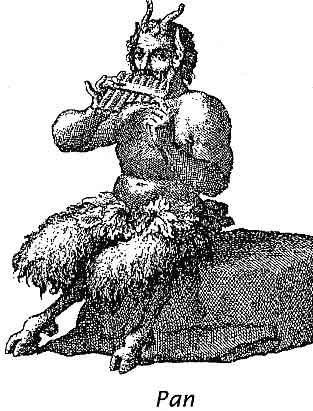














































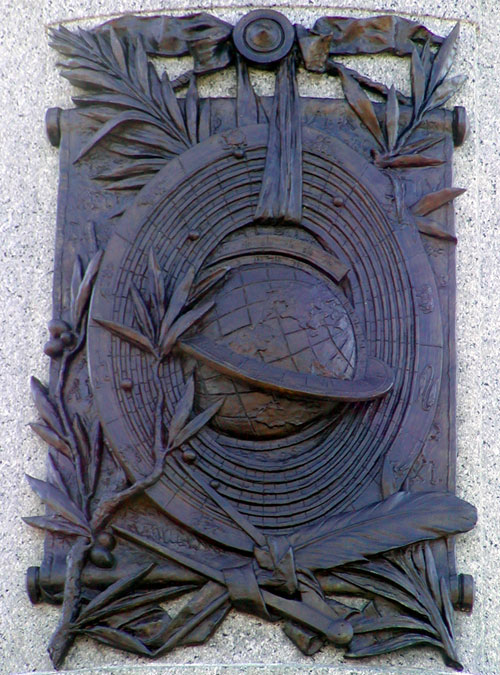


































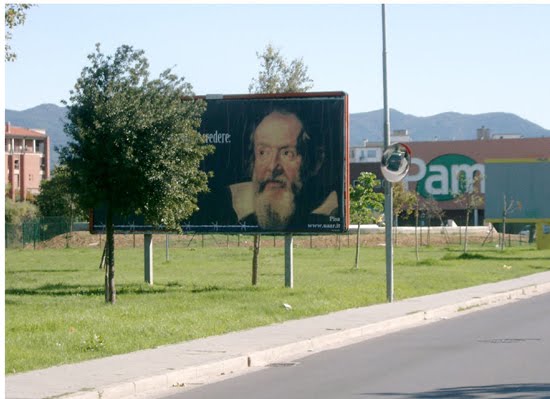

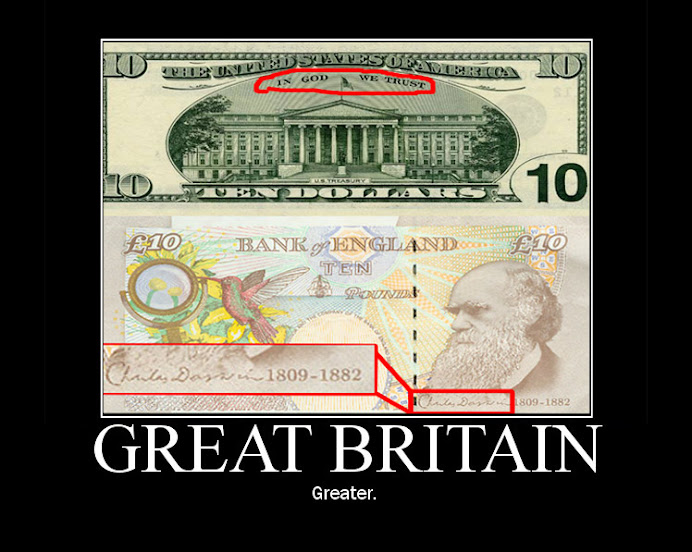


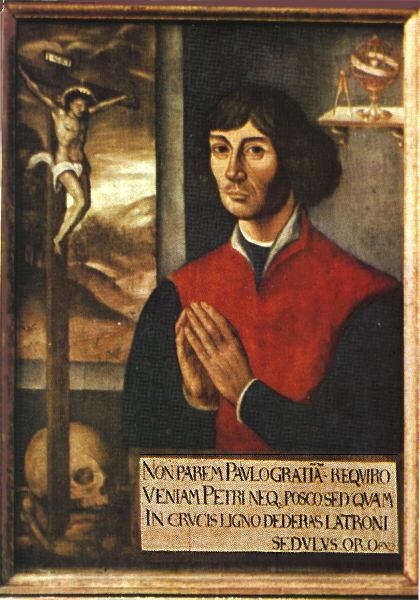




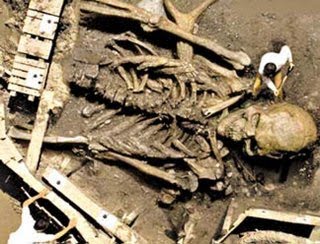






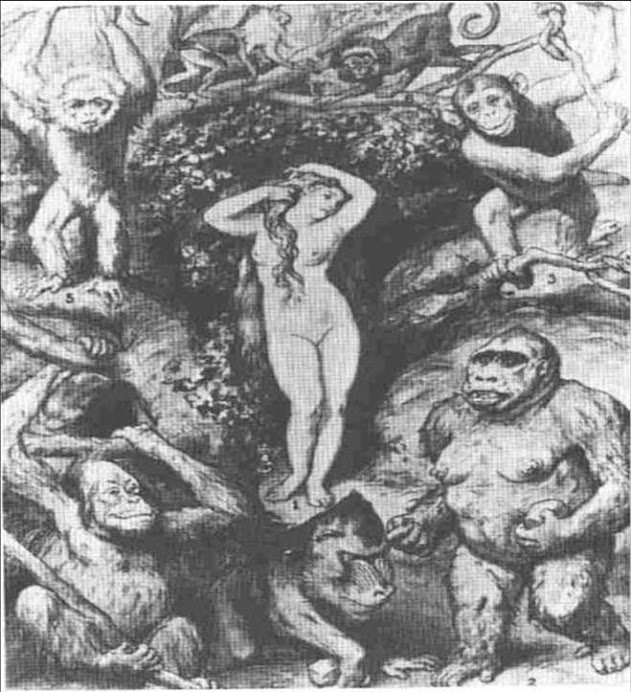



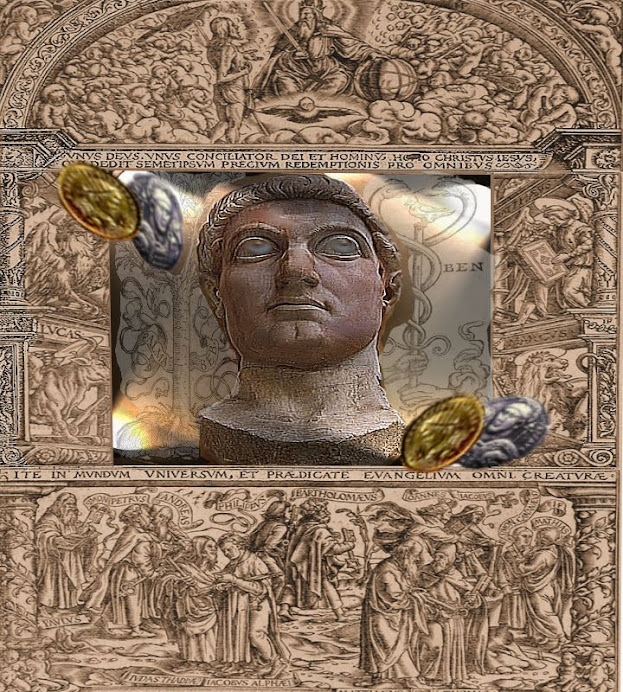



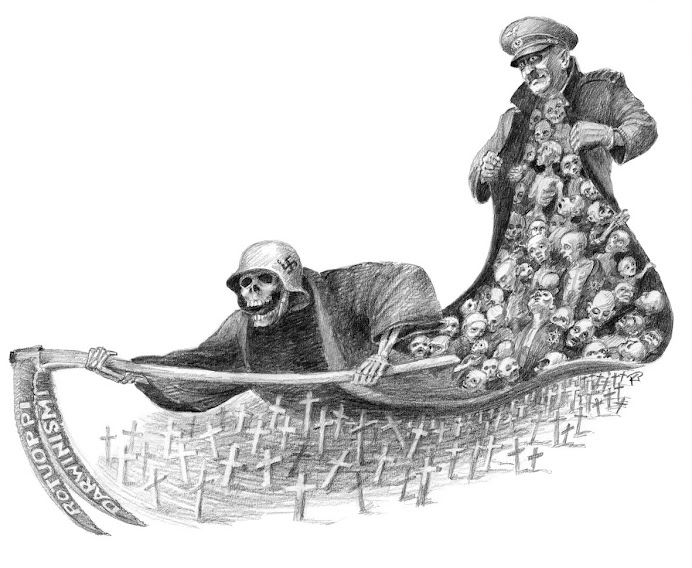










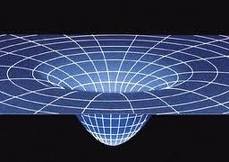




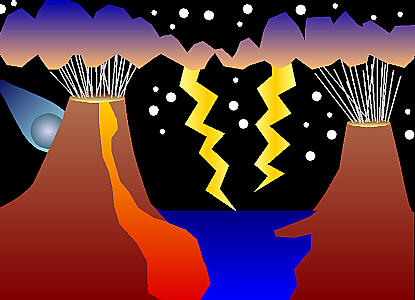


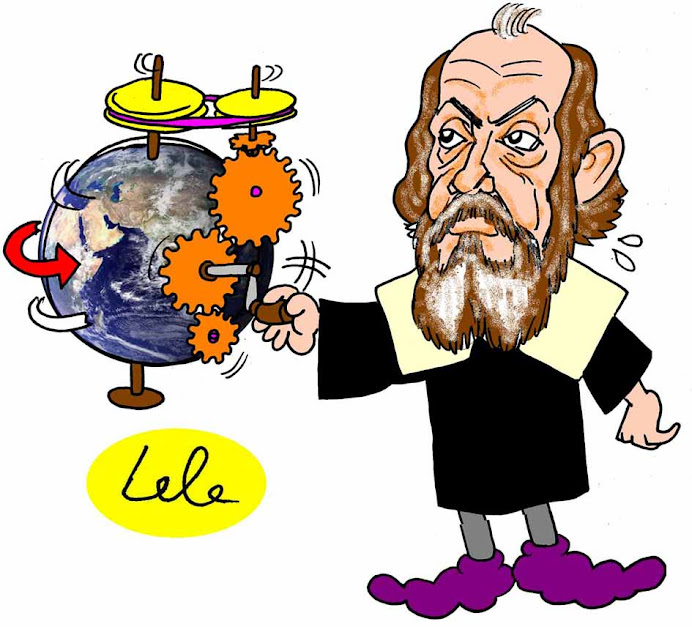





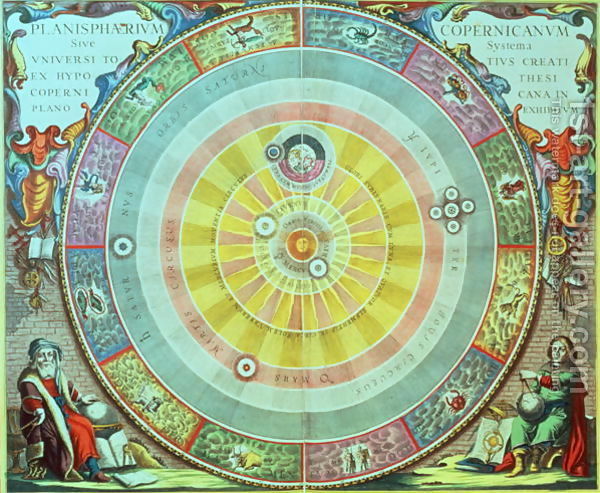







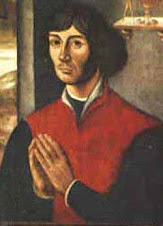.jpg)







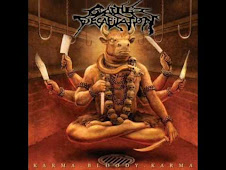











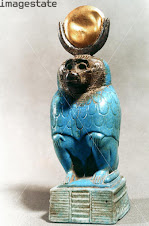








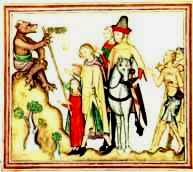

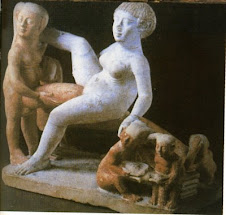











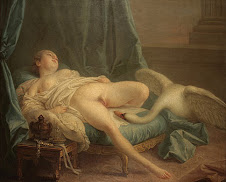.jpg)














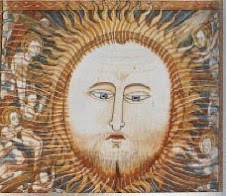






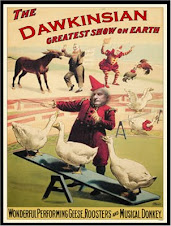








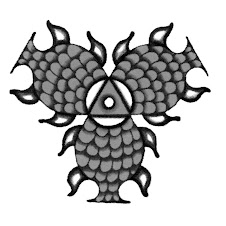







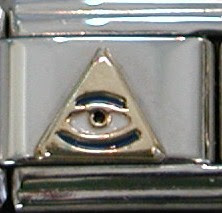



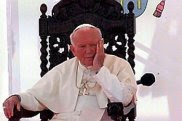




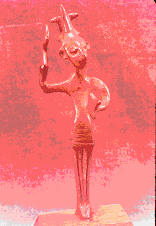










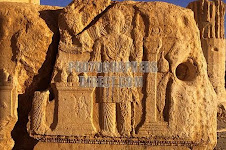
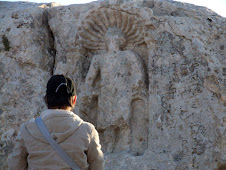






.gif)





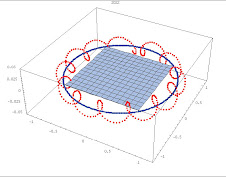








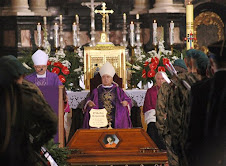



















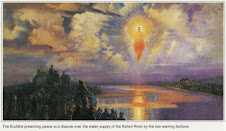



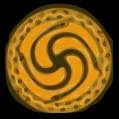

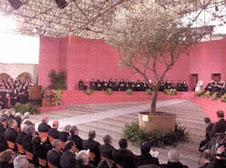

















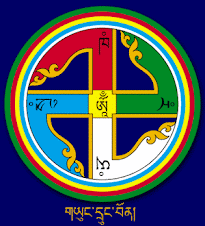

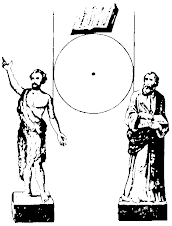











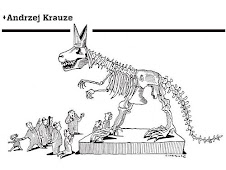

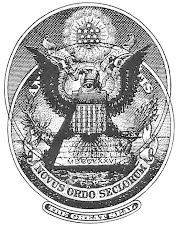









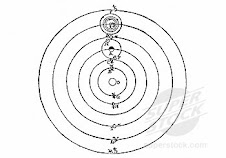

.jpg)













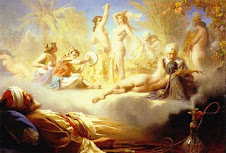
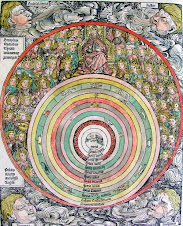












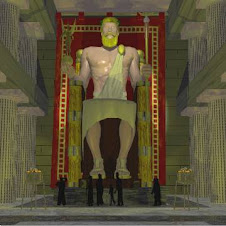


















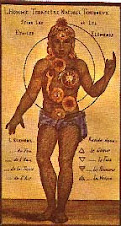





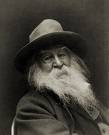
















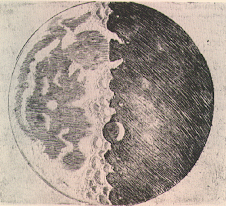








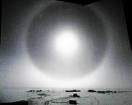











































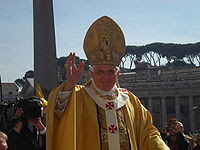
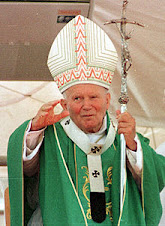
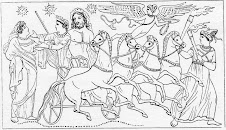



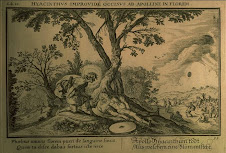




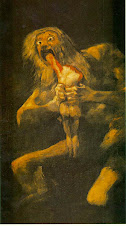










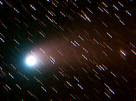









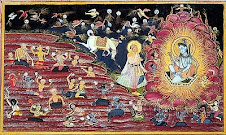


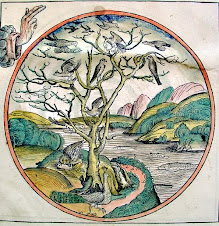




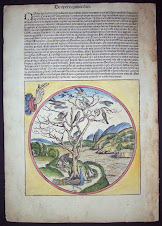






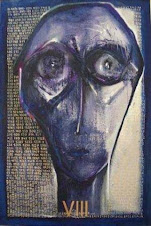


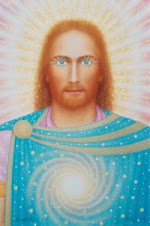++of+the+Sun+god..jpg)

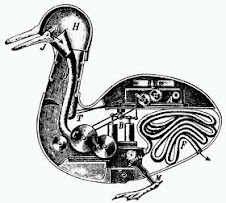





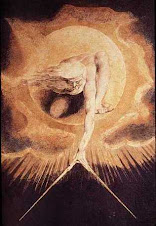
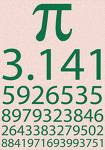

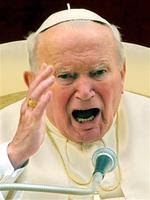


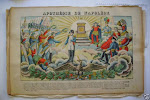
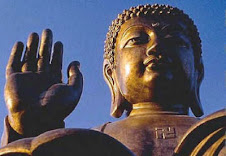


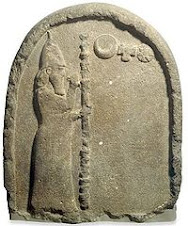





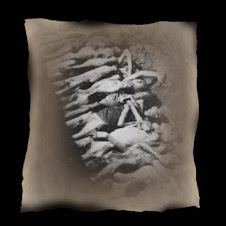



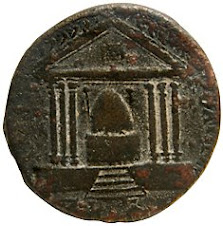
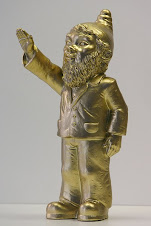

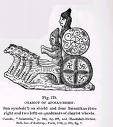
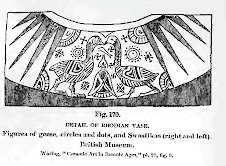




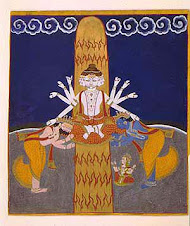

No comments:
Post a Comment